Wayne Hemingway fears that weāre making the Thames Gateway too difficult to love and warns against designing houses āfrom the bottom upā
The Thames Gateway is a big place. If superimposed onto the North West it would group together Manchester and Leeds. Relatively short distances in terms of miles can contain massive differences in terms of culture.
It seems in the Thames Gateway that we are blind to the scale. We need to stop lumping it together as one homogeneous mass and start really thinking about the DNA of the individual places.
People are trying to rebrand the place where I grew up as āPennine Lancashireā and I will never tell someone that I come from Pennine Lancashire. Iām proud to be from East Lancs. Likewise if Iām from Dartford, Iām from Dartford. If Iām from Essex, Iām from Essex. If Iām from Kent, Iām not from the Thames Gateway.
The Essex County Cricket Club has a big following. It has great pride. The same with Kent County Cricket Club. The Thames Gateway doesnāt have a county cricket clubā¦ who do you support? The Thames Gateway? Sorry. Itās a massive leap of faith.
Yet the whole concept isnāt a massive leap of faith; maybe itās just the way that weāre approaching it.
I went through back issues of Gateway, which are full of CGI images of new housing. You know what it looks like, a brave new world, fantastic and modern; a bit like central Tokyo, a bit like a modern version of La Defence in Paris. But what is the reality of the places being built in the Thames Gateway?
We went to the websites of every major house-builder and listed every single Thames Gateway housing development that was either being built or had been built or where people were just about to move into.
We sent out the Hemingway Design team with cameras and told them to start at Southend and work inland. These arenāt urban design specialists, but they are very good designers. I just said, take pictures and come back and discuss the pictures that youāve taken, and those working in urban design will then explain a bit more about the work that weāre doing at The Bridge in Dartford. We got over 700 pictures and they donāt look anything like the CGIs in this magazine. The vast majority are depressing.
But if the Thames Gateway is going to really take off, it needs to attract upwardly mobile people to live there; and this is quite a tall order. We are talking about attracting people into an area that has got, in general, quite a bad reputation. People outside of Dartford donāt think of Dartford as a place where theyāre desperate to go and live. People outside of Gravesend and Southend in general donāt make it their dream to go and live there.
Weāre not talking about yuppies. Weāre talking about people like my 21-year-old son. He thinks itās his God-given right at 21 to have a house of his own; he thinks itās his passport to future wealth.
He wants to live near Borough Market, near all the clubs that he goes to, but thereās no chance of him living there. Heās been through university and heās now working with us, but weād have to totally blow the wage structure to pay him enough to buy somewhere in Borough. If he works hard enough and he starts his own business, maybe by the age of 35 he might be able to afford somewhere in Borough; thatās if heās very lucky.
So he starts thinking, well, what about Greenwich? Well, he canāt afford that either. So he looks a bit further out and he starts looking at these pictures the team have taken and he thinks, no, Iām not going to live in a place like that.
We need to attract what in marketing terms are called the āleadersā, the socio-economic āAās: Stuart Rose at M&S is brilliant at this, and Sir Terry Leary from Tesco is exactly the same; you always go for the leaders.
But the core market for a lot of house-builders is the C1s and the C2s, but if the Thames Gateway is going to work, it needs to be the āleaders,ā and then the āleader followersā. You want those people in there to create the jobs, to kick-start these areas.
You canāt do it by giving the local people what they want because what they want hasnāt created upwardly mobile, desirable places
You canāt do this by designing from the bottom up, by just giving the local people what they want, because what they want hasnāt ever created upwardly mobile, desirable places.
It means maybe less consultation with local people and more consultation with the people who you want to move in there to give those local people jobs.
I do understand marketing, and I really do understand you always go from the top down, and never from the bottom up.
Yet at the moment what we are mostly building is bottom up housing and weāre getting it terribly, terribly wrong.
The Thames Gateway has so much going for it; people make a joke out of Essex, but itās a fantastic county, full of wonderful places to go. We go cycling there regularly in summer. And the history is fantastic.
Yet we allow it to get decrepit, and we build houses that are going to get knocked down in 25 years because theyāre not going to stand the test of time.
There were other pictures that my lot took. It wasnāt all bad, they came back and said thereās some real beauty down there. In some I do see sense of place, something about culture, and in some there is absolute and utter beauty - a real reason to go and live and be part of that.
What I absolutely despise are the lies from house-builders and councils showing pictures of some apartments facing the river, with a couple sipping champagne and falling in love as if theyāre on holiday in Monaco.
It isnāt Monaco, the Thames isnāt the Mediterranean. Letās celebrate what it really is and letās attract the kind of pioneers who say āIām going to make something out of this placeā.
Other countries are doing it, and living that dream right now.
In Copenhagen theyāve built a floating swimming pool in what was considered once the cityās most polluted canal. It is possibly the most interesting swimming pool in the world and it only cost Ā£300,000 to build. It floats there; you should see how itās used in summer. Thereās no charge, you swim at your own risk.
Itās one of a series of fantastic interventions. Another is a beach, probably one of the best beaches in Europe, eight minutesā cycle from Tivoli Gardens and central train station.
Itās nearly two kilometres long, and we go there for a long weekend every single summer. Itās just fantastic. And this is Copenhagen, the same latitude as Edinburgh.
What are the chances of us doing that? It doesnāt have to be all singing and dancing massive screens, wave machines and all that, it just has to be something bloody good - something wonderful for people to go to.
Itās about the simple pleasures in life ā and that is a good starting point for any housing development
Iāll tell you a story about Salford, that sums things up for me. Salford has been a very poor second cousin to Manchester for quite a while but theyāve been putting a lot of effort into it and theyāve got a lot of opportunity there.
A few months ago I was asked to do a talk to council members on the ingredients of regeneration. The talk was at the Lowry and I travelled there by train from my mumās house in Preston.
Salfordās got the iconic buildings, and half of the BBC is moving to Salford Quays ā thatās 4,500 reasonably paid jobs, people who are upwardly mobile, and fit into social categories A and B. Imagine that, what an economic and social opportunity.
When I got off the train, I was only a kilometre away from Salford Quays but there was no sign to say where it was, just one saying ābeware of pickpocketsā. I then had to cross a major road; it felt like Albania, and took about 10 minutes and I knew I was nearly at Salford Quays because I could see some of the iconic buildings sticking up. But I couldnāt really get there without going through some of the most threatening underpasses and past some of the worst littered and ungreen verges I had ever seen.
Do you know what Iād do if I was one of those BBC employees? Iād say āStuff your iconic buildings, stuff your BBC job, Iām going back to London where thereās plenty of work ā Iām not going to live in this messā.
What you really need to be thinking about isnāt iconic buildings, but iconic pavements. Give me a really nice, safe cycle and walking route through to Salford Quays from the station and then Iāll think about it.
And this is exactly what we could be doing now with the Thames Gateway. There are some wonderful developments coming forward; some will be great.
But at the moment weāve set a terrible precedent. This area is unloved and weāre giving them things that are mostly very difficult to love.
Weāve got to stop. Weāve got to stop it right now before it becomes an even harder situation to pull back.
Weāre working with Taylor Wimpey on The Bridge. Itās a really well thought out development. Go and talk to Dartford Council whoāve been absolutely amazing, and do understand whatās needed in a frighteningly tough location.
Housing is actually the last thing we talk about, because we really are trying to create a place.
When we started on this a couple of years ago, we took leaders from Dartford Council and guys from Taylor Wimpey to Amsterdam, and showed them what could be done.
Now weāre working with Jeremy Kite, the council leader, who actually does believe there could be a place to bathe in the Thames at Dartford, like there used to be. Weāve got old pictures to prove it; people used to promenade down Victorian walkways, which weāre working on restoring.
This is not about iconic buildings. Itās about the simple pleasures in life ā and that is a good starting point for any housing development.
Postscript
This article was adapted from Wayne Hemingwayās keynote address at the 2007 Thames Gateway Forum
Gateway - Spring 2008
- 1
- 2
- 3
 Currently reading
Currently readingIconic pavements and aiming high
- 4




















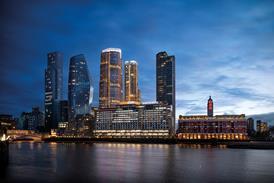
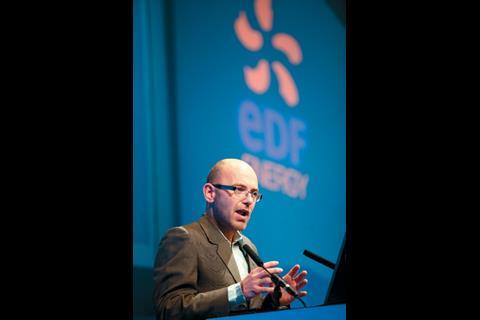
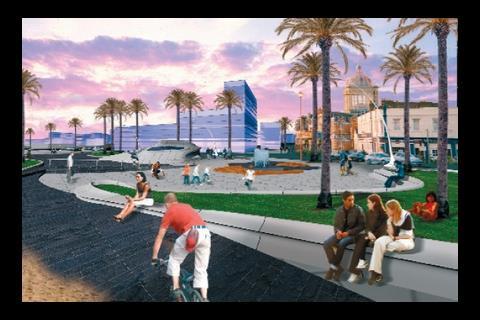
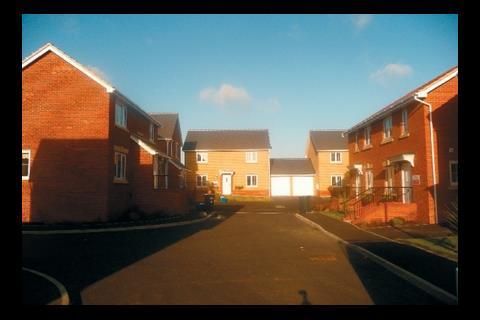
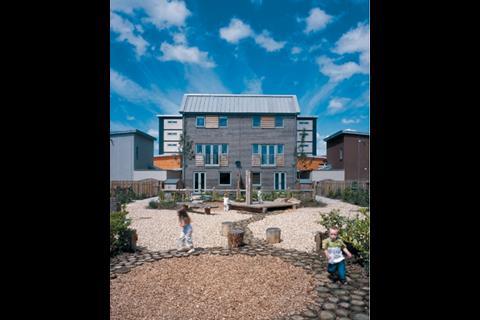
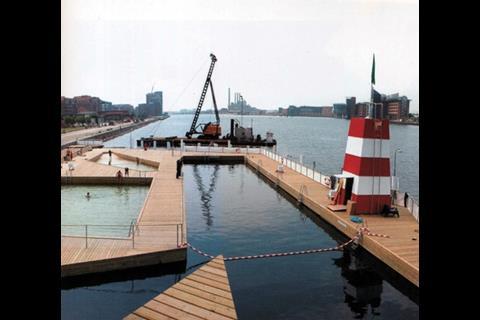
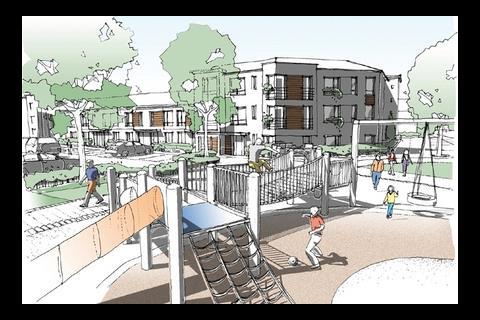
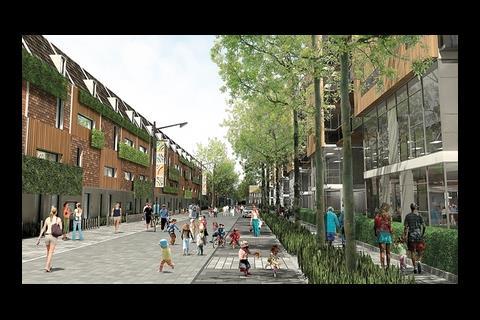
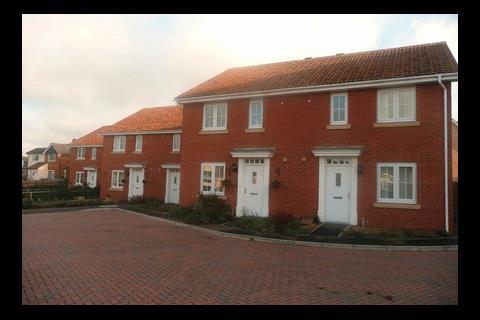
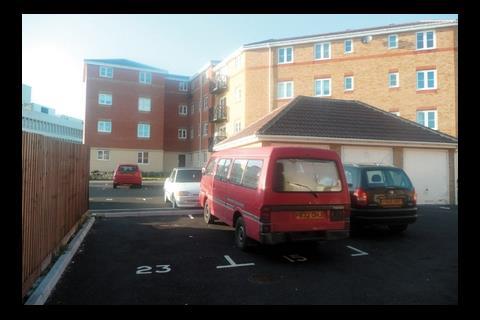





No comments yet